Sourdough soda is a unique, naturally fermented drink that’s tangy, slightly sweet, and refreshingly effervescent. It’s made using the wild yeasts and beneficial bacteria found in a sourdough starter, which is typically used for baking bread. Unlike commercial sodas, sourdough soda is probiotic-rich and can be flavored in numerous ways, making it a customizable and healthier alternative to sugary soft drinks. This fermented beverage takes advantage of the fermentation process to produce its natural fizz and distinct flavor, offering a delightful way to enjoy the benefits of sourdough culture in a drinkable form. This simple recipe, which only requires 4 ingredients, shows you how you can make your own sourdough soda at home.
Base ingredients
Sourdough soda, also known as kvass, really only requires 4 ingredients. From the base ingredients, you can spin off infinite variations of the soda.
- Water
- Sugar
- Bread (typically stale, toasted till-almost-burnt, plain bread)
- Sourdough starter/discard
One recommended ingredient to add to the base 4 is ginger. It balances out the flavor of the kvass very well.
The fermentation process
Sourdough soda calls for a 2 step fermentation process: the first fermentation is to develop flavor and yeast activity, which sets up the second step, which is to carbonate.
First fermentation
The first fermentation occurs at room temperature, which rapidly develops the soda’s flavor. This step typically takes about 2-3 days, depending on environmental factors—fermentation proceeds more quickly in the summer than in the winter.
It is also crucial during this stage to stir the mixture several times a day for two key reasons: (1) Stirring helps oxygenate the mixture, thereby accelerating the fermentation process, and (2) it prevents any floating pieces of bread from remaining on the surface for an extended period, which could lead to mold formation.

Second fermentation (carbonation)
The second fermentation happens after bottling. This stage carbonates the soda and slows down the fermentation process so the soda doesn’t become overly sour. Additional elements can also be added to flavor the soda at this stage.
The time it takes for the soda to carbonate can vary based on numerous factors, such as the ingredients added, and environmental factors. You can always open the soda to taste it and check if it has reached your desired level of carbonation. If it hasn’t, simply return it to the refrigerator to allow it to further ferment.

FAQ
- What kind of bread can I use?
Honestly, anything bread-y can work! I have tried making soda with a wide range of breads– from plain bread to sandwich breads to croissants. Obviously the flavor profile will vary, but that is the fun with experimenting and seeing what you end up liking! - My soda mixture looks cloudy, is that okay?
Yes! That is perfectly okay! The sourdough starter and bread pieces will make the soda mixture look cloudy. It will look a lot clearer after straining the liquid, bottling, and letting the yeast settle during the second fermentation process. Similar to kombucha, sediments at the bottom are completely normal. Unlike kombucha though, aesthetically the soda will look more colorful and clear when serving it without re-mixing the sediments in the soda (similar to French press coffee, there will be coffee sediments that should be left alone to settle to the bottom and be discarded). - I see white sediments at the bottom of my soda, is that okay?
Yes, that is completely normal, similar to other fermented drinks like kombucha, sediments are to be expected. Unlike kombucha though, aesthetically the soda will look more colorful and clear when serving it without re-mixing the sediments in the soda (similar to French press coffee, there will be coffee sediments that should be left alone to settle to the bottom and be discarded). - My soda is flat. Help.
If you do not see any signs of activity during the first stage of fermentation, even after 3 days at room temperature, then it is likely you will need to add more sugar to jump-start the fermentation process or that your sourdough is too dormant. If it is the latter, you may want to start over with freshly discarded sourdough discard or with starter.
If your soda is flat even after a couple days of in the second stages of the fermentation process, you will most likely need to let it ferment longer. It may also help to keep it at room temperature for a couple of hours before transferring it to the fridge. Make sure to also taste the soda to see if it is still sweet– if it is too sour, it is likely that the sourdough starter does not have enough food to feed off of to carbonate the soda. - How long can the soda keep for in the fridge?
You can keep the soda in the fridge for a while, however, the longer it sits, the more sour it becomes, and the more over-pressurized it becomes. Make sure to de-gas the soda every so often to prevent it from exploding/bursting out of the bottle when opening. Eventually, though, the natural yeast will run out of sugar in the soda, and the soda will become like vinegar and become flat. I recommend finishing the soda within 2 weeks of bottling. - Why is charred bread typically used?
Bread that is toasted until it is very dark with charred parts will create a darker soda with a more malty and caramel flavor. Bread that is toasted till it is golden will produce a lighter soda.
Sourdough Soda
Equipment
- 32oz mason jar for fermenting the soda
- 1/2 liter flip-top bottle and funnel for bottling the soda
- paper towel or coffee filter
- rubberband
Ingredients
- 500 g water room temperature
- 25 g cane sugar
- ~20 g sourdough discard
- ~65 g sourdough bread
Instructions
- Toast the sourdough bread to your desired level. Bread that is toasted until it is very dark with charred parts will create a darker soda with a more malty and caramel flavor. Bread that is toasted till it is golden will produce a lighter soda.
- Break the toasted bread into chunks and add it to a large mason jar. Add sugar, water, and sourdough discard, and mix until the sugar and sourdough discard dissolve into the water. Cover the top of the mason jar with a paper towel (or coffee filter) and secure it with a rubber band. This allows the mixture to breathe and release gases during fermentation while keeping out unwanted particles.

- Let the mixture ferment for 2-3 days, making to stir a couple of times every day to prevent any one floating piece of bread from staying on the surface too long.The soda is ready to be strained and bottled with it looks bubbly and smells a bit sour.
- Discard large chunks of bread and strain the mixture using a cheesecloth, a fine mesh bag, or a coffee filter.
- Bottle the mixture in a flip-top glass bottle and let it continue to ferment and carbonate in the fridge for at least 3 days before serving. Alternatively, for faster carbondation, you can let it continue to ferment at room temperature after bottling for one day before transferring it to the fridge to chill before serving.The soda may look a little cloudy but the yeast will settle during its second ferment in the fridge (similar to the natural yeast in kombucha settles at the bottom)

- Pop, and serve the soda over ice. You can keep the soda in the fridge for about 2 weeks. To prevent the soda from over-pressurizing, I recommend de-gassing the soda every couple of days. Please note that you may notice some white sediments at the bottom of the soda. This is the yeast mentioned above. For aesthetics, I recommend not re-mixing the sediments into the drink before serving so the soda maintains a more vibrant and clear look.
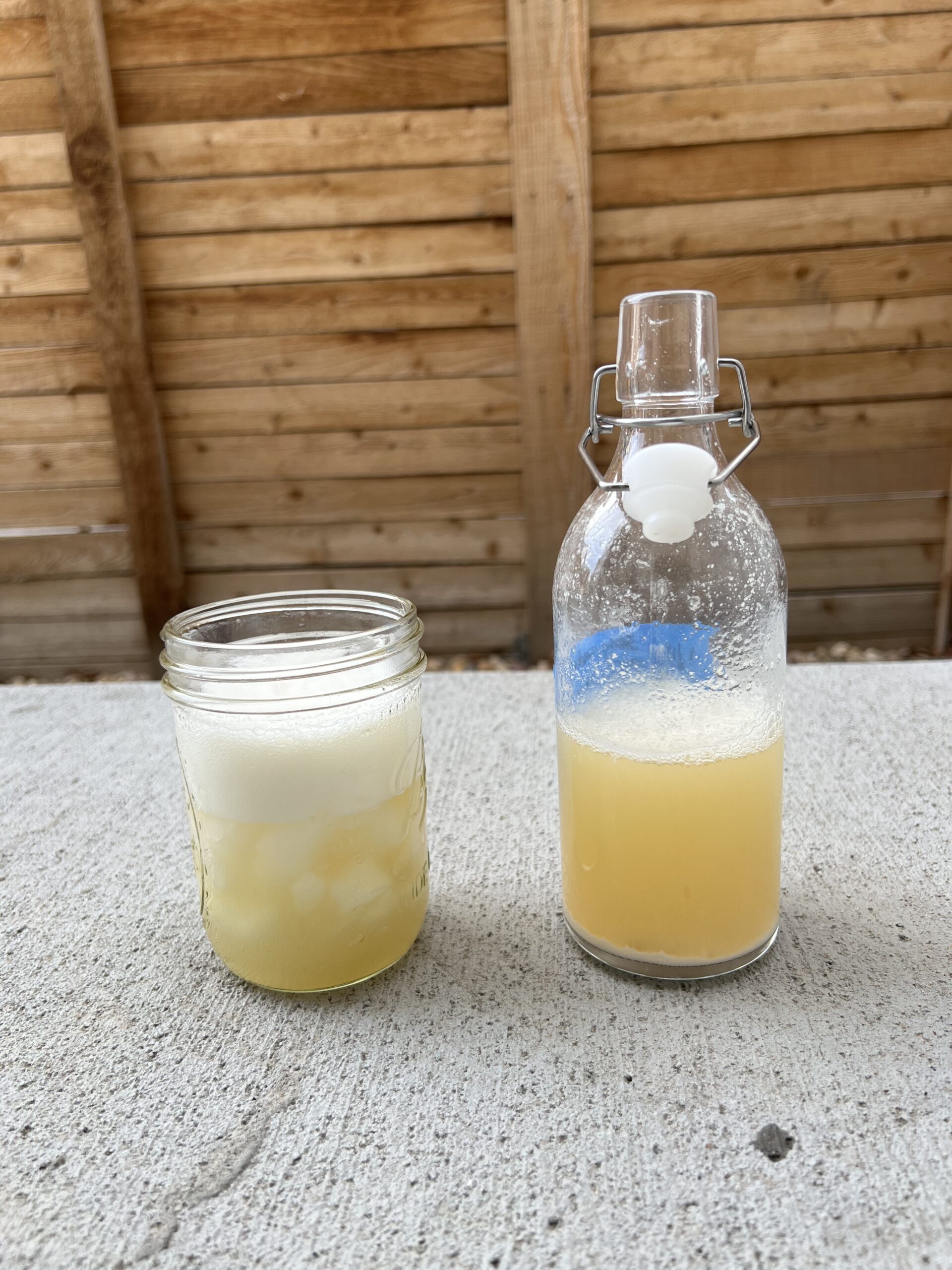






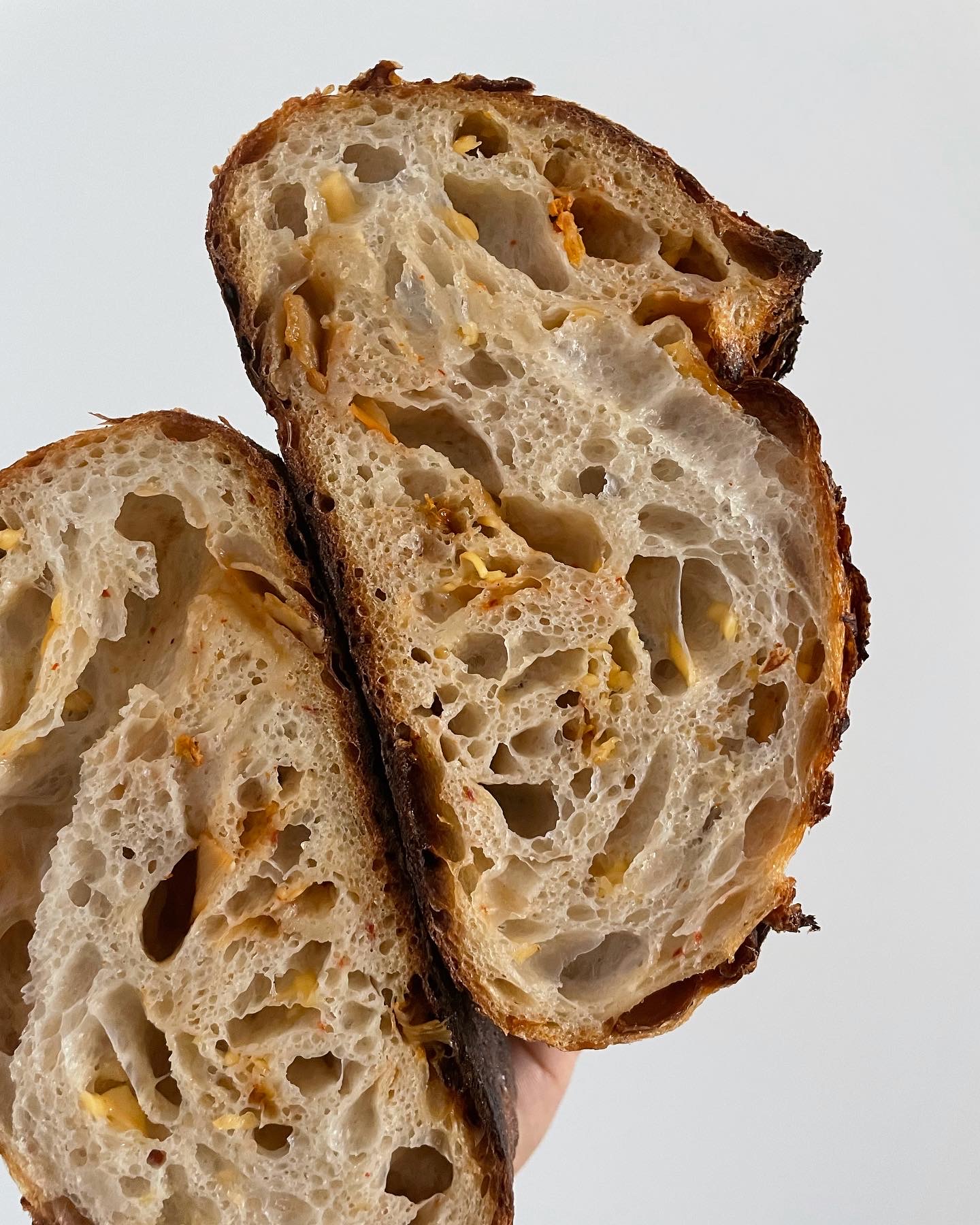

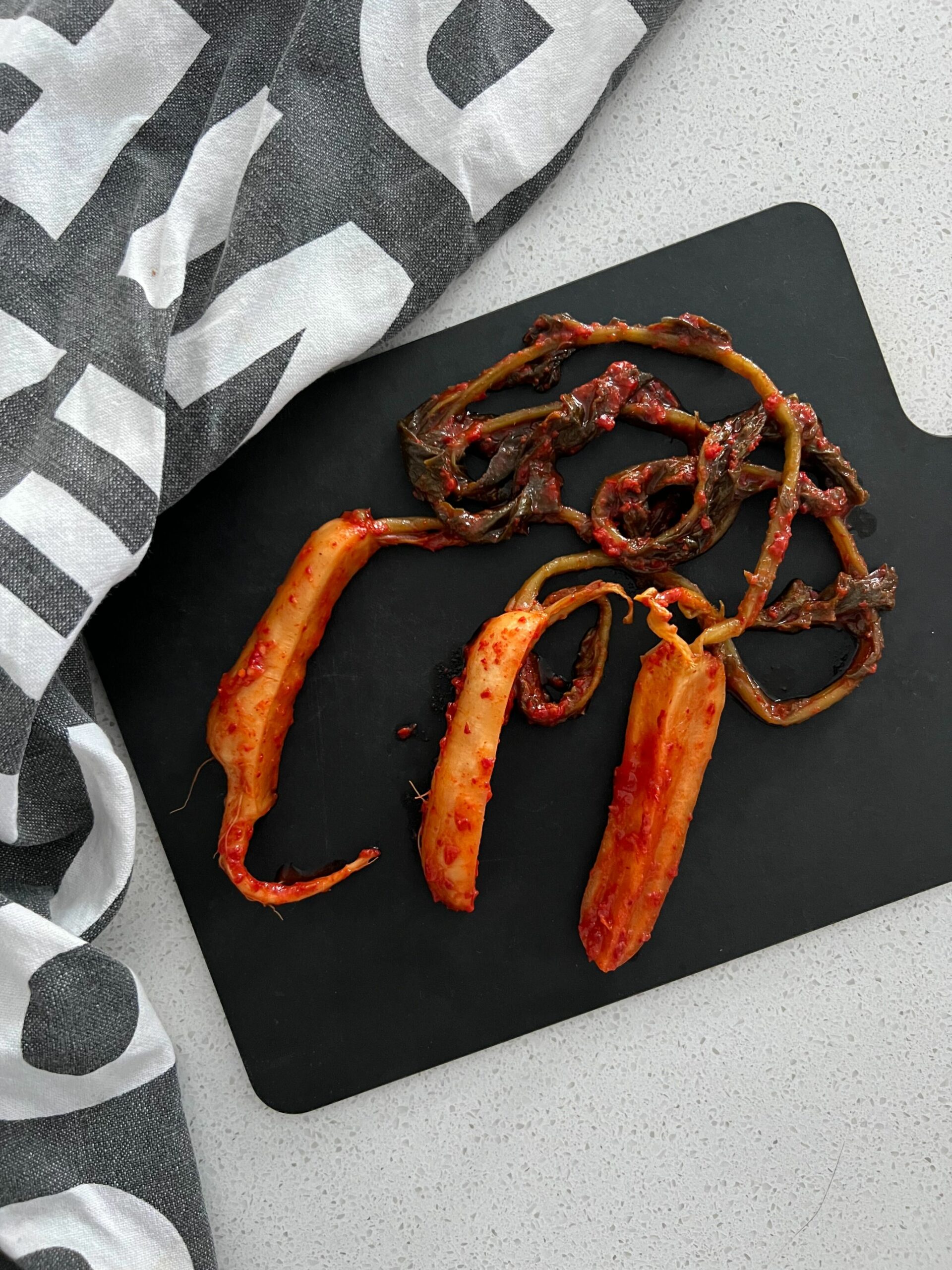
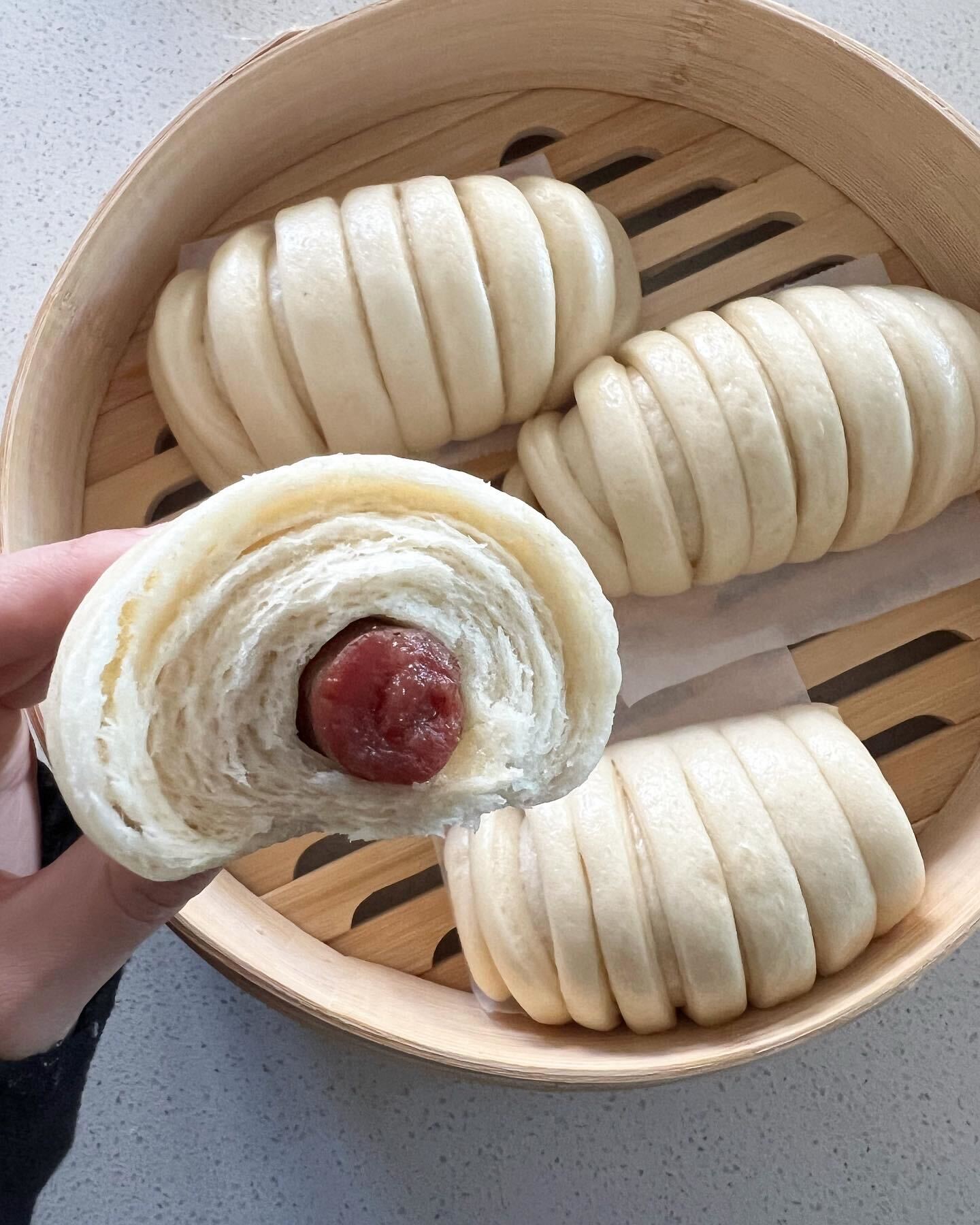
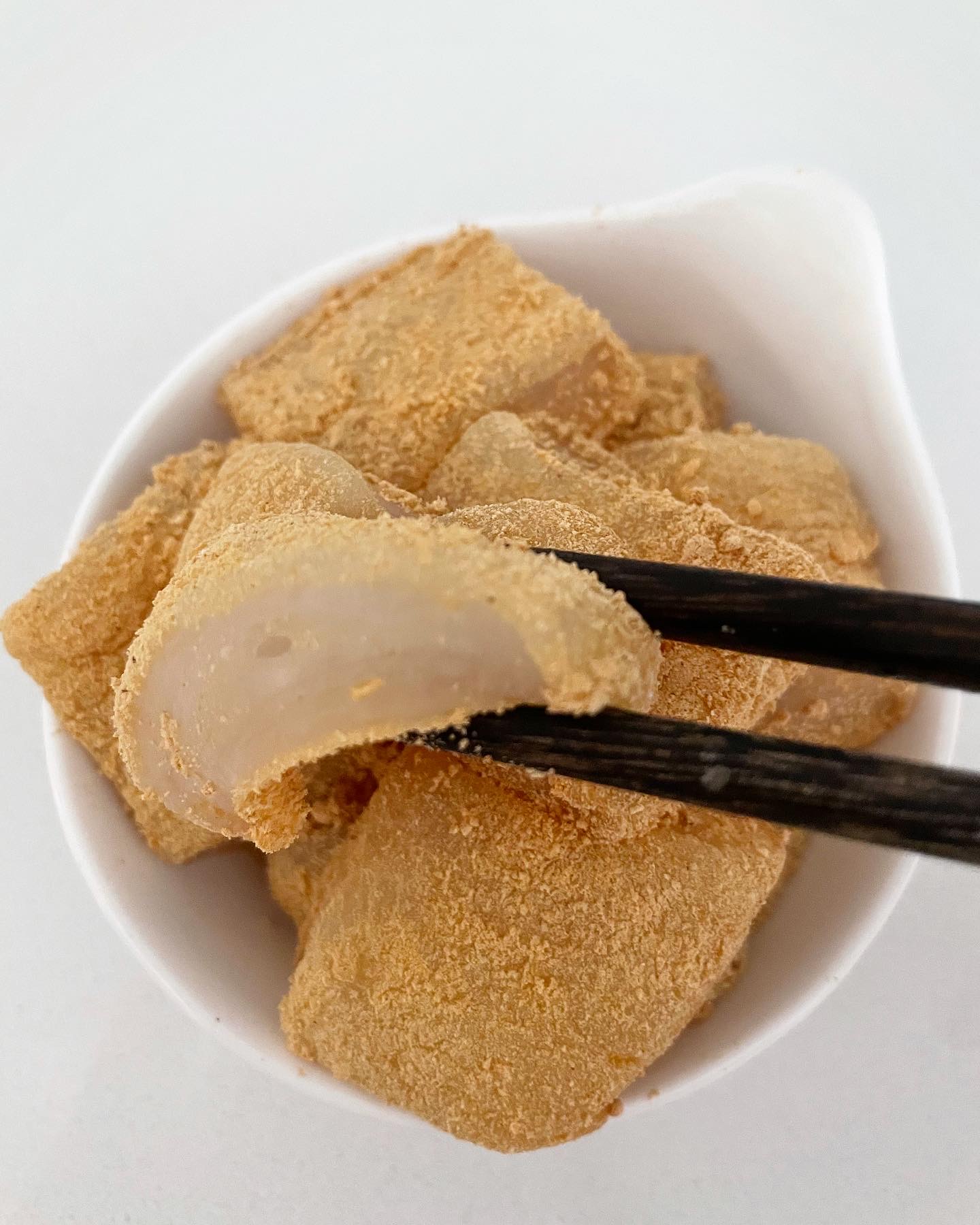
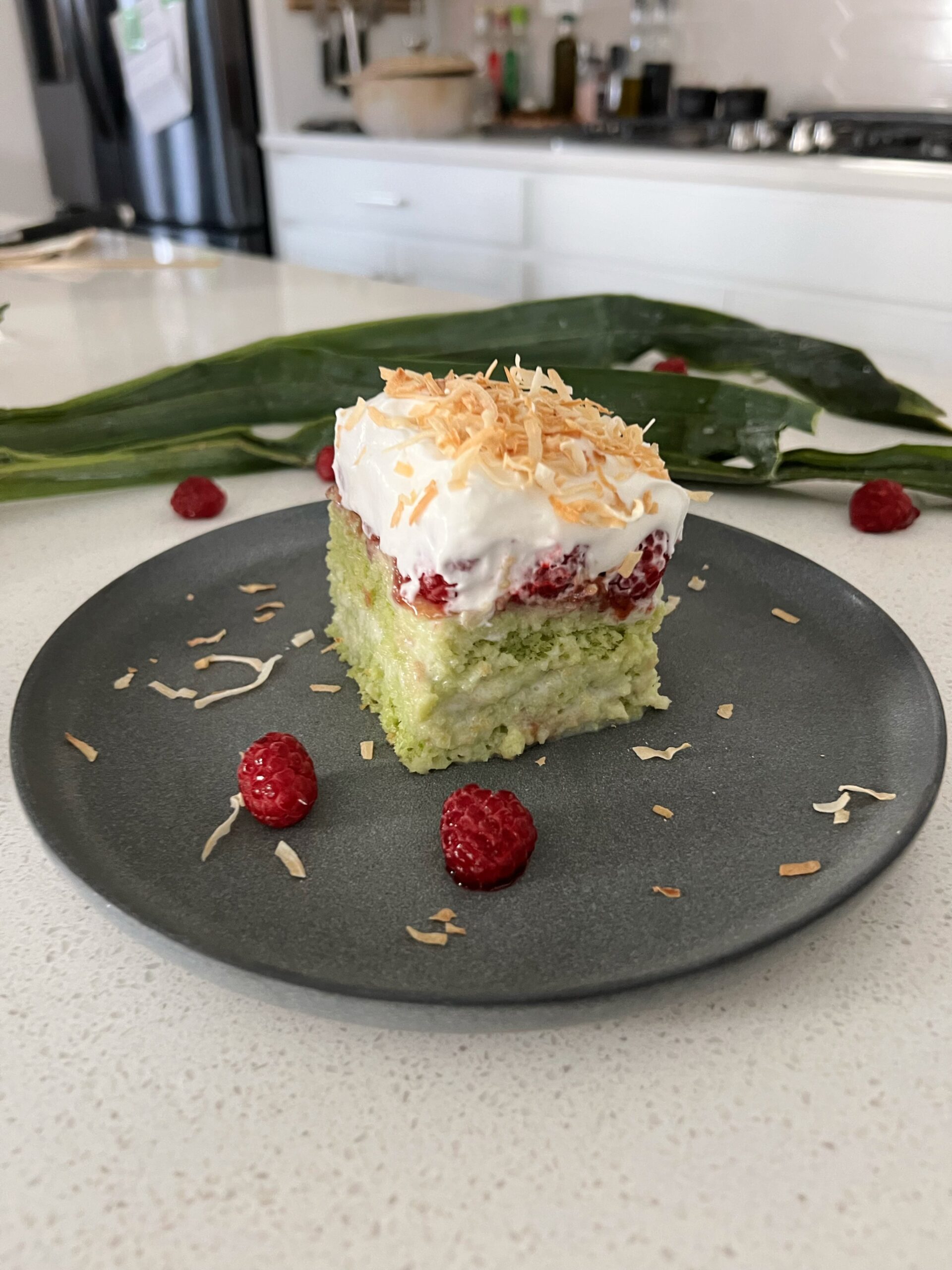
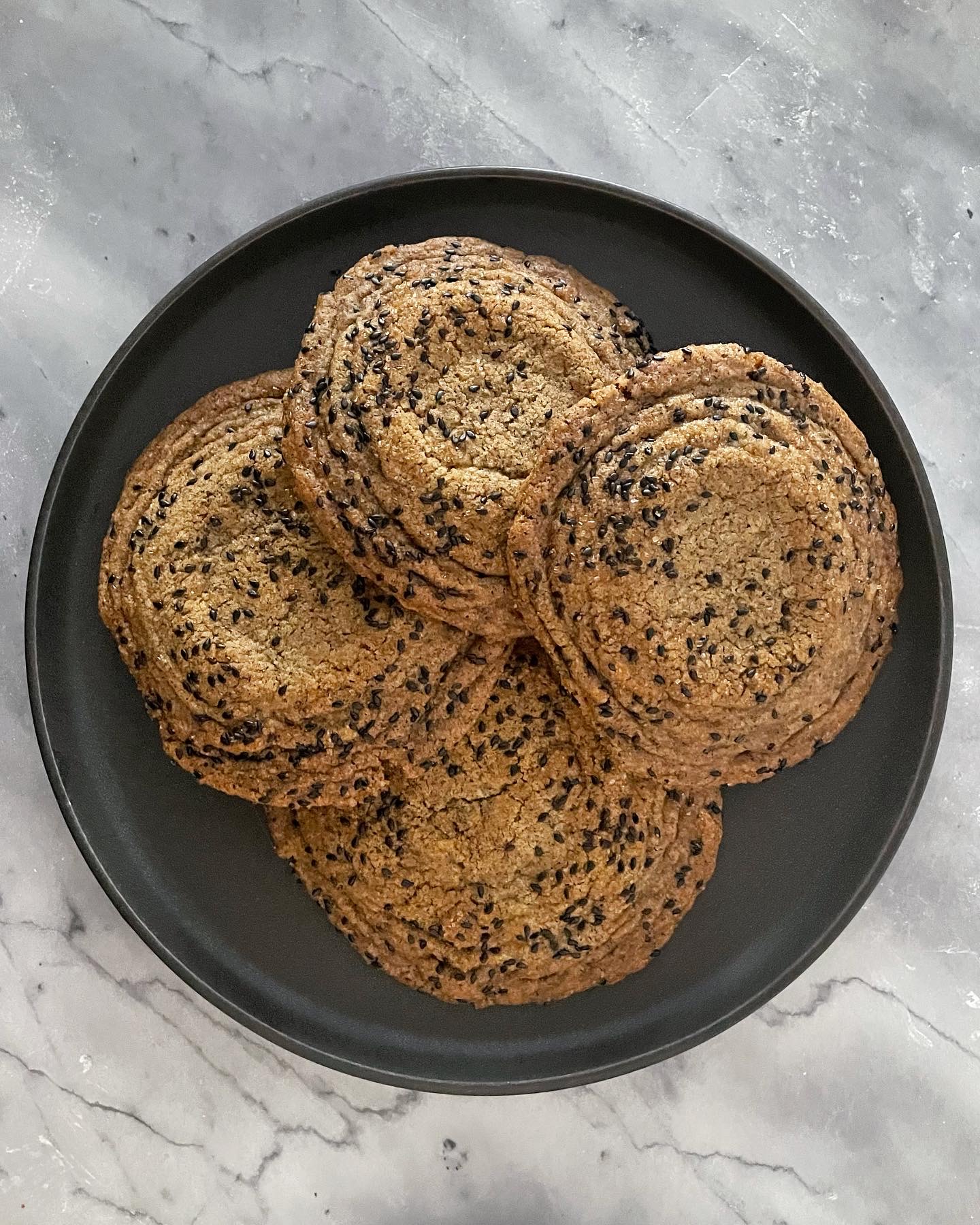
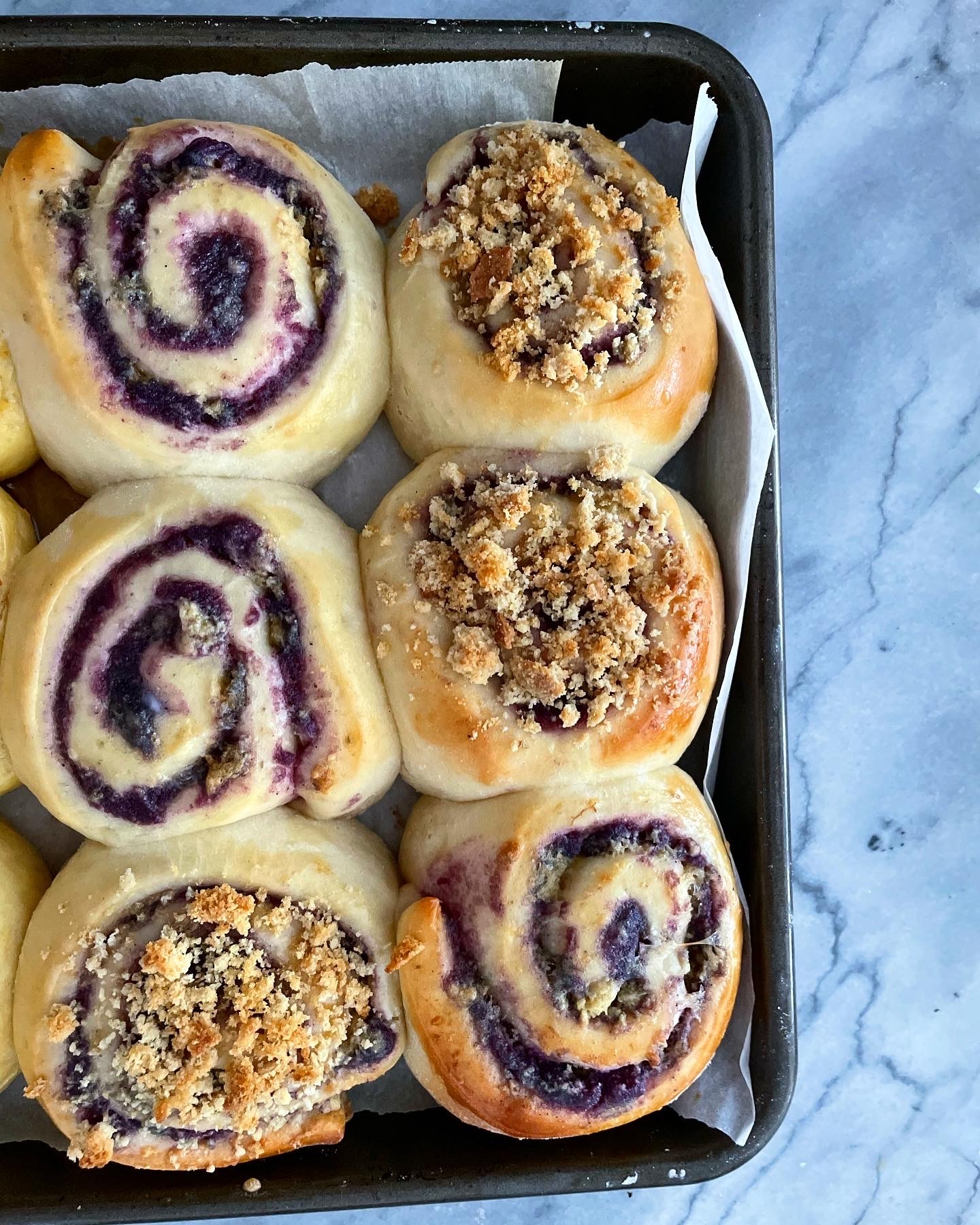
Leave a Reply